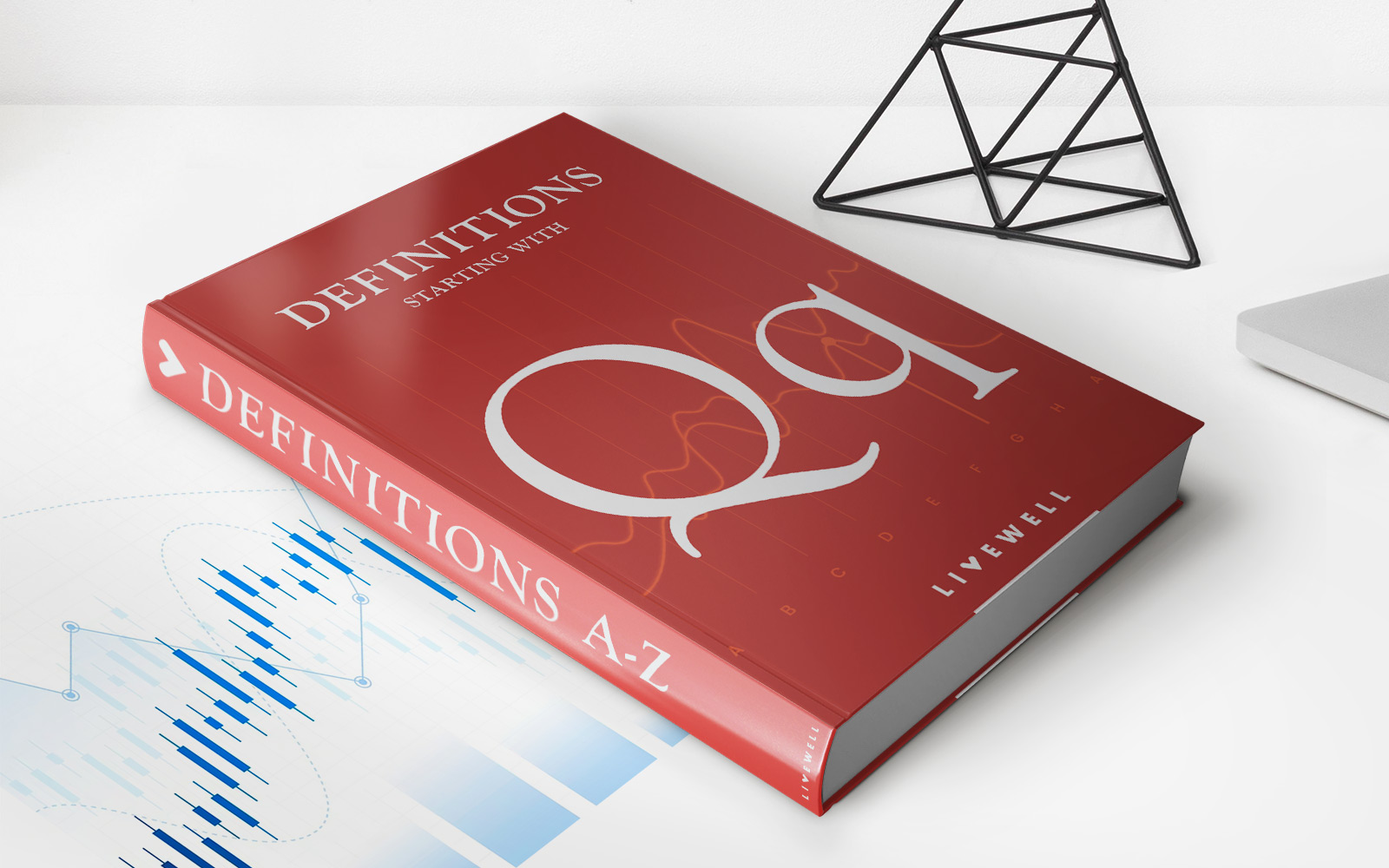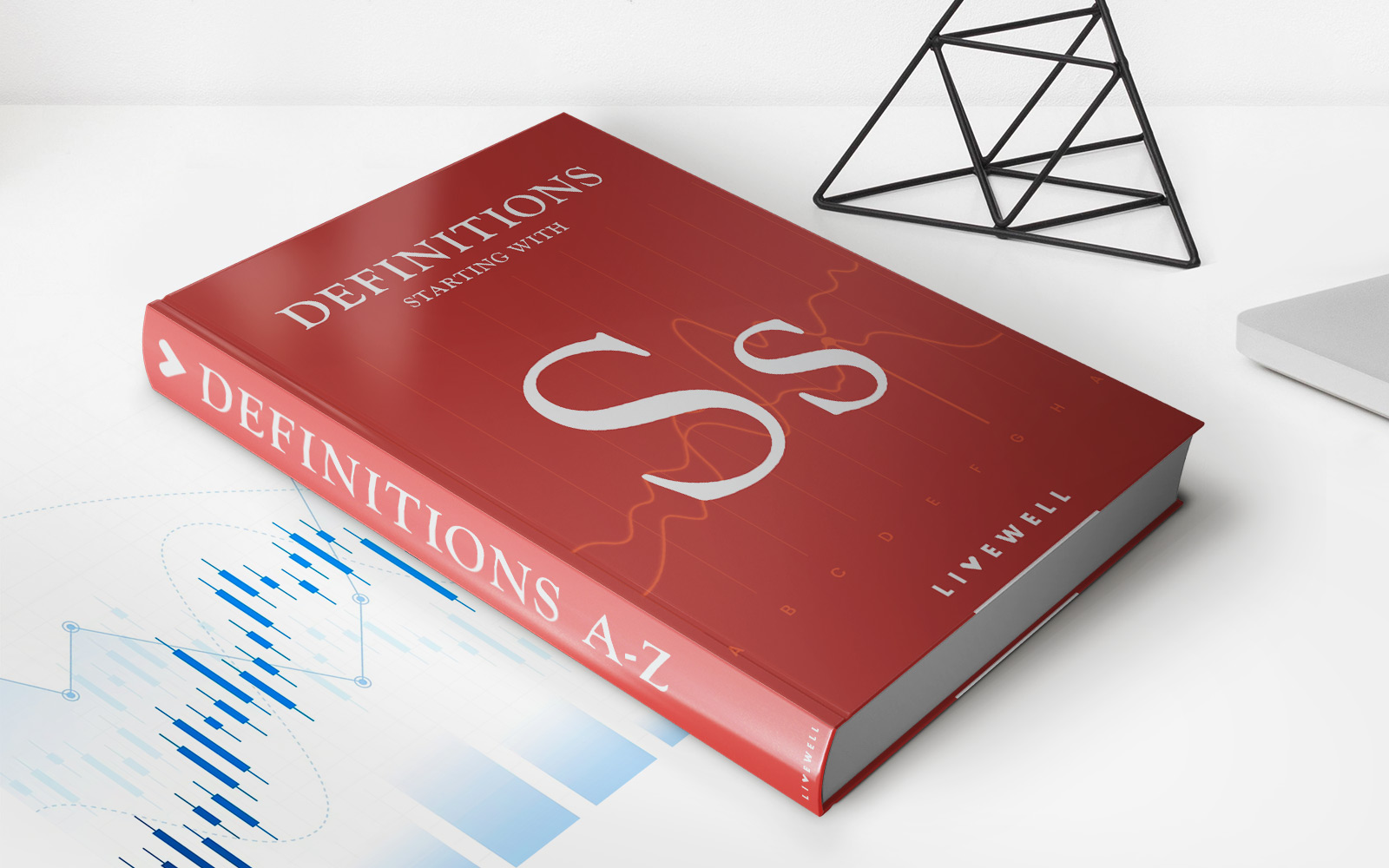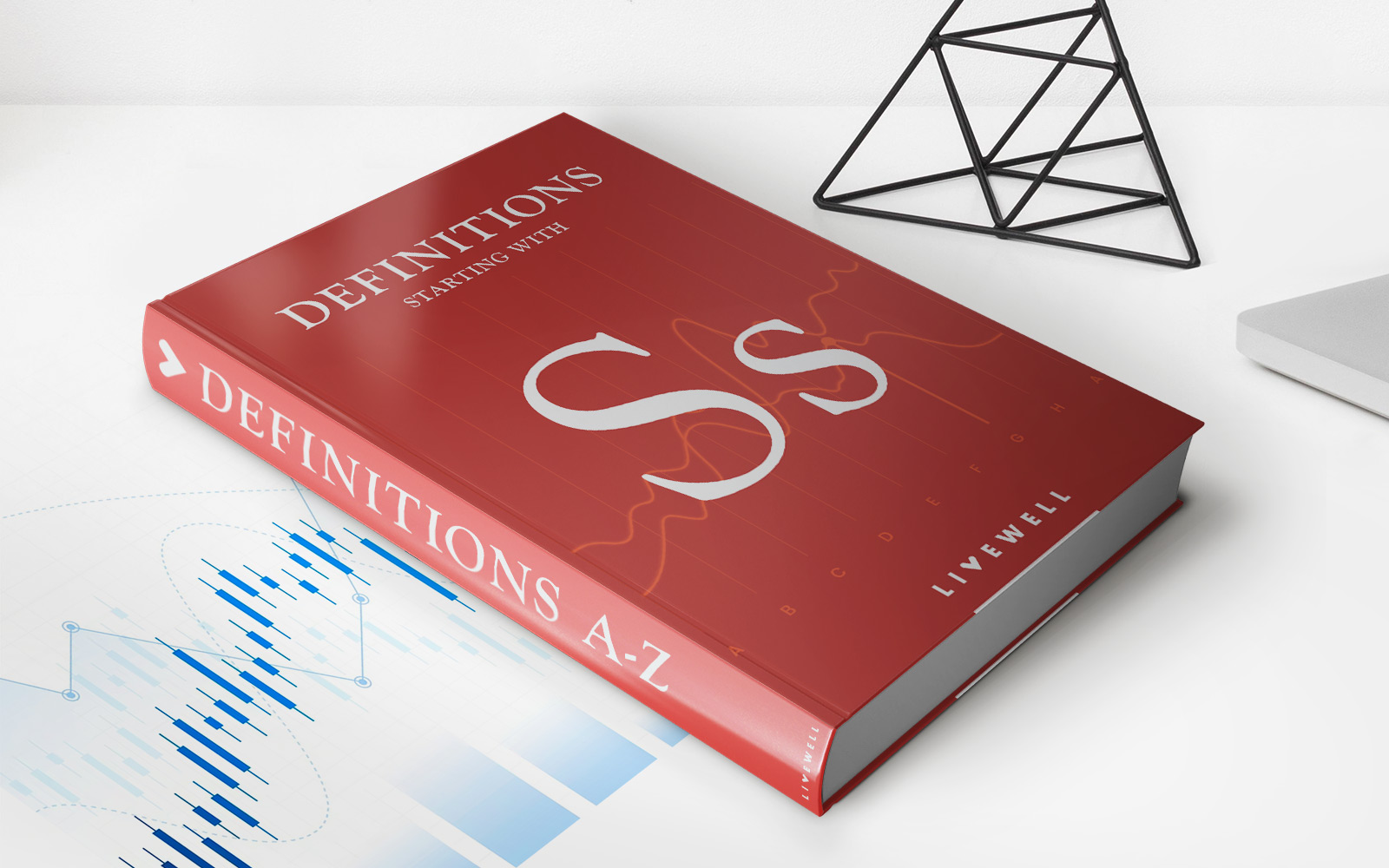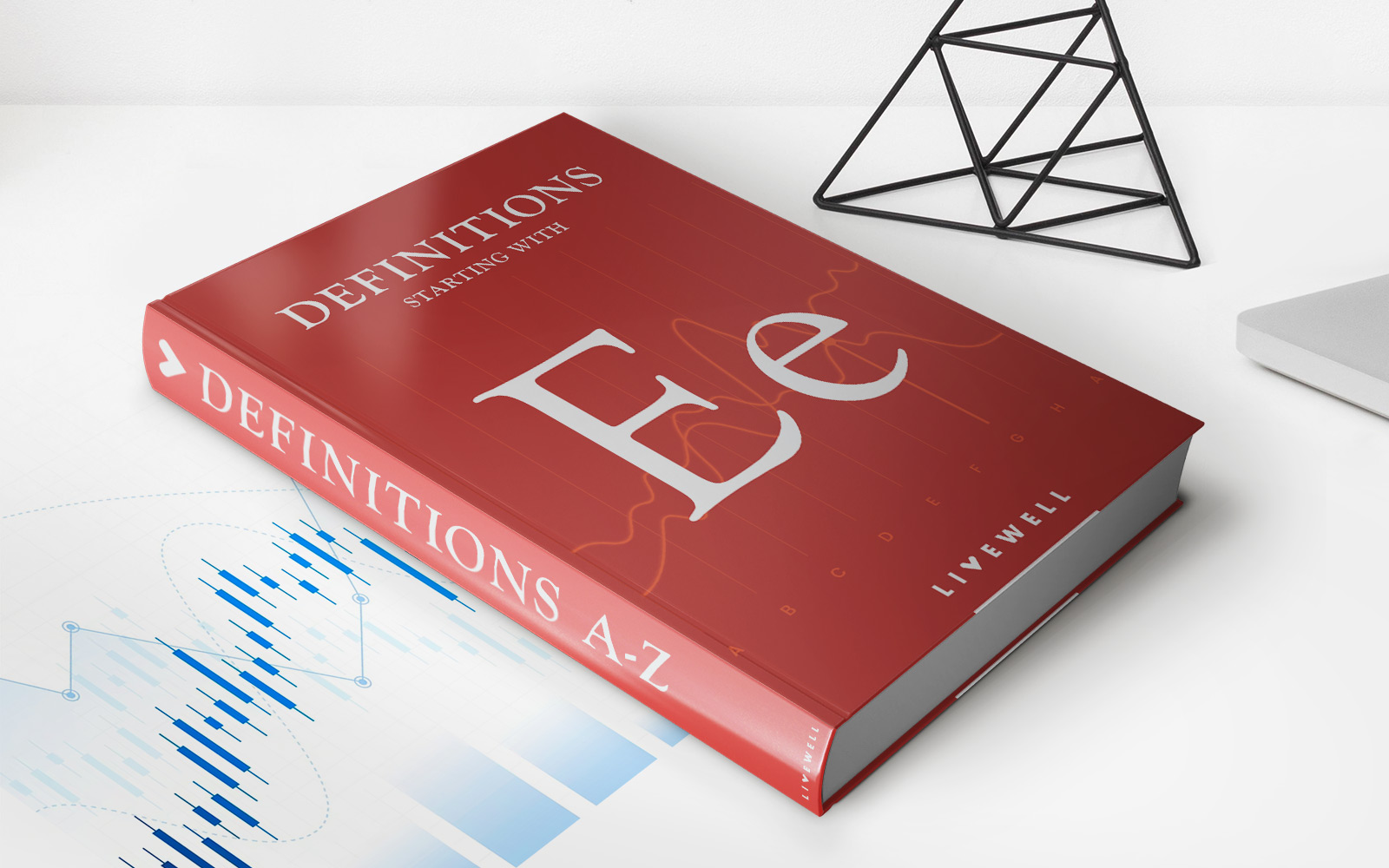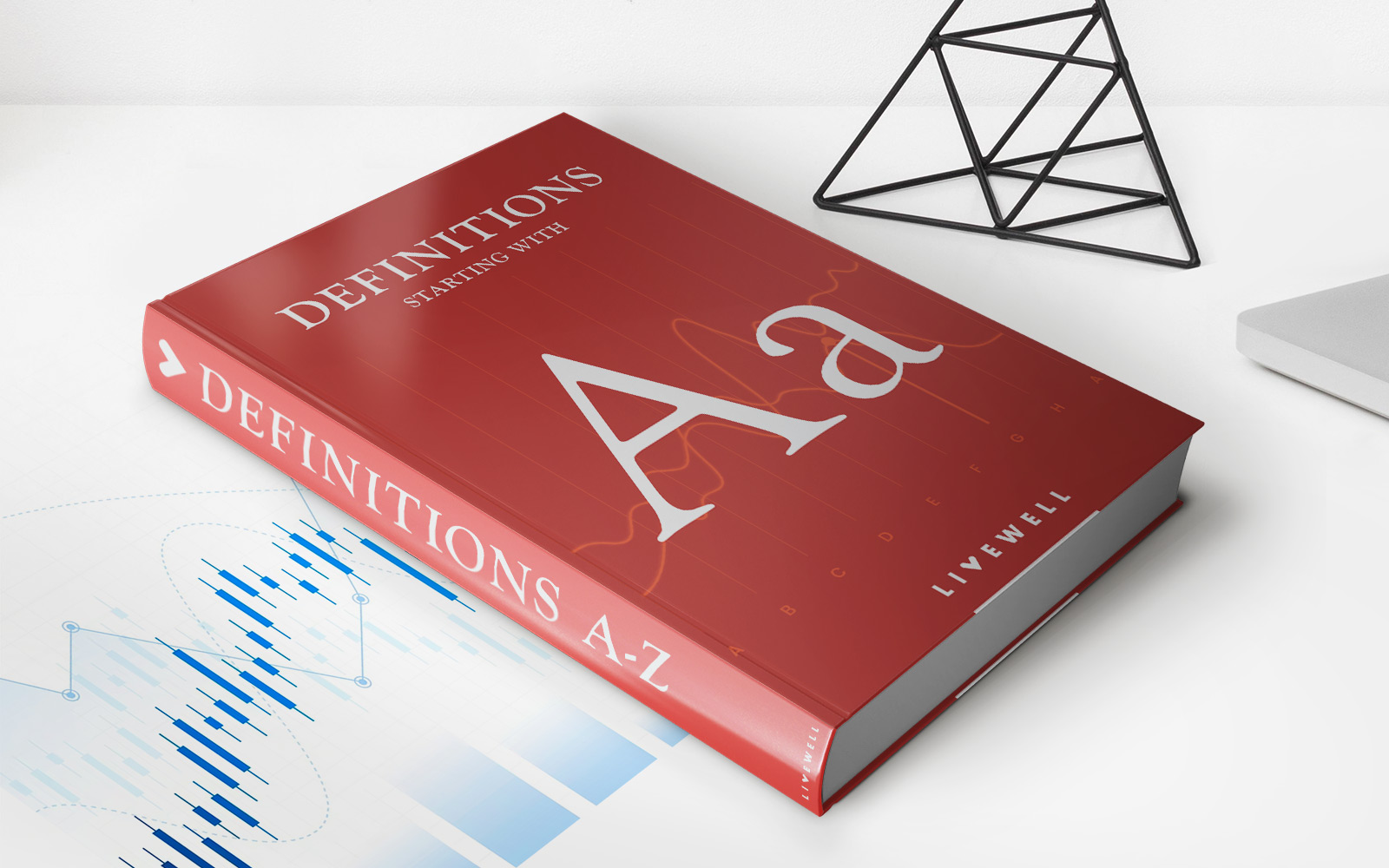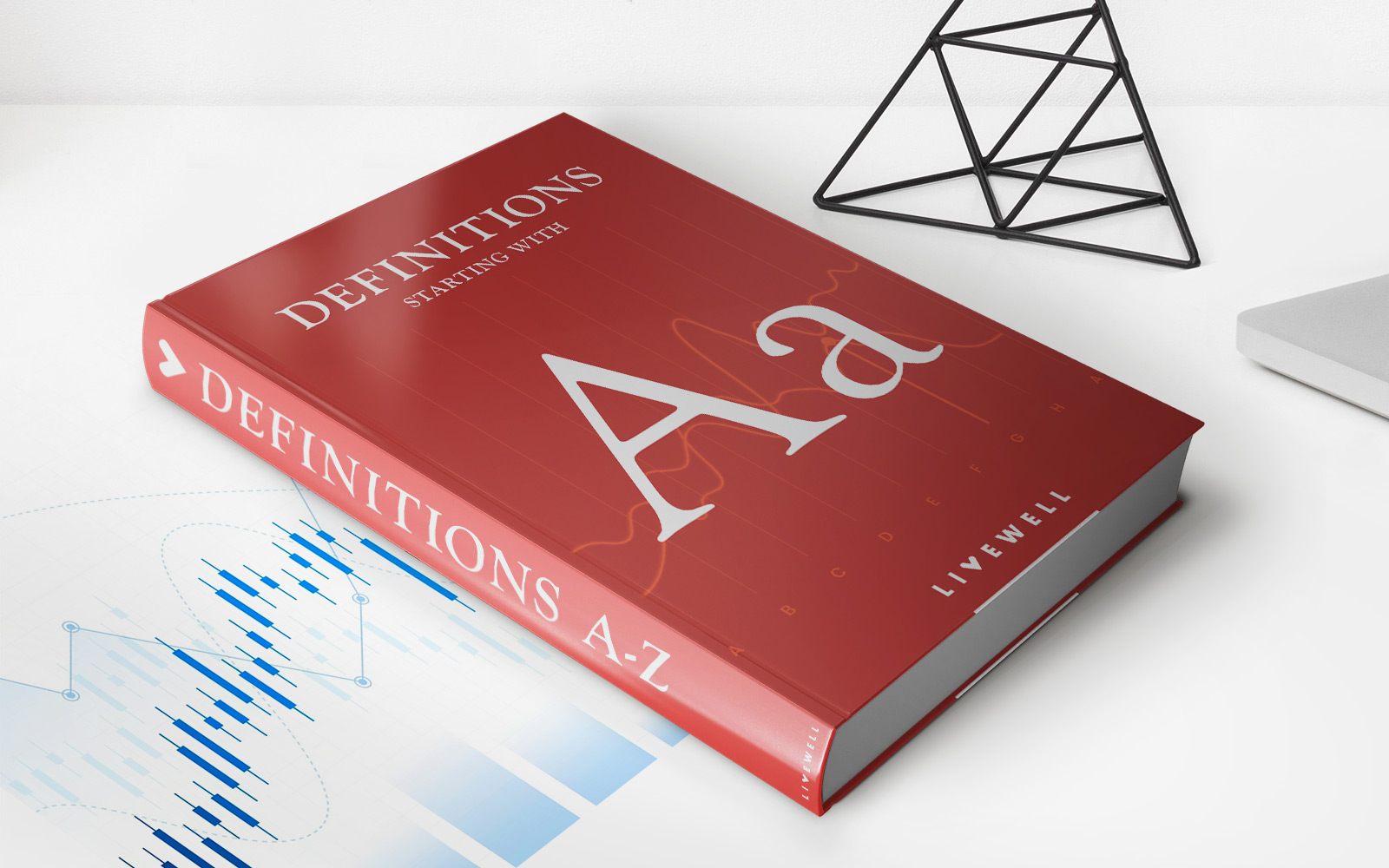Home>Finance>CAPE Ratio (Shiller PE Ratio): Definition, Formula, Uses, Example
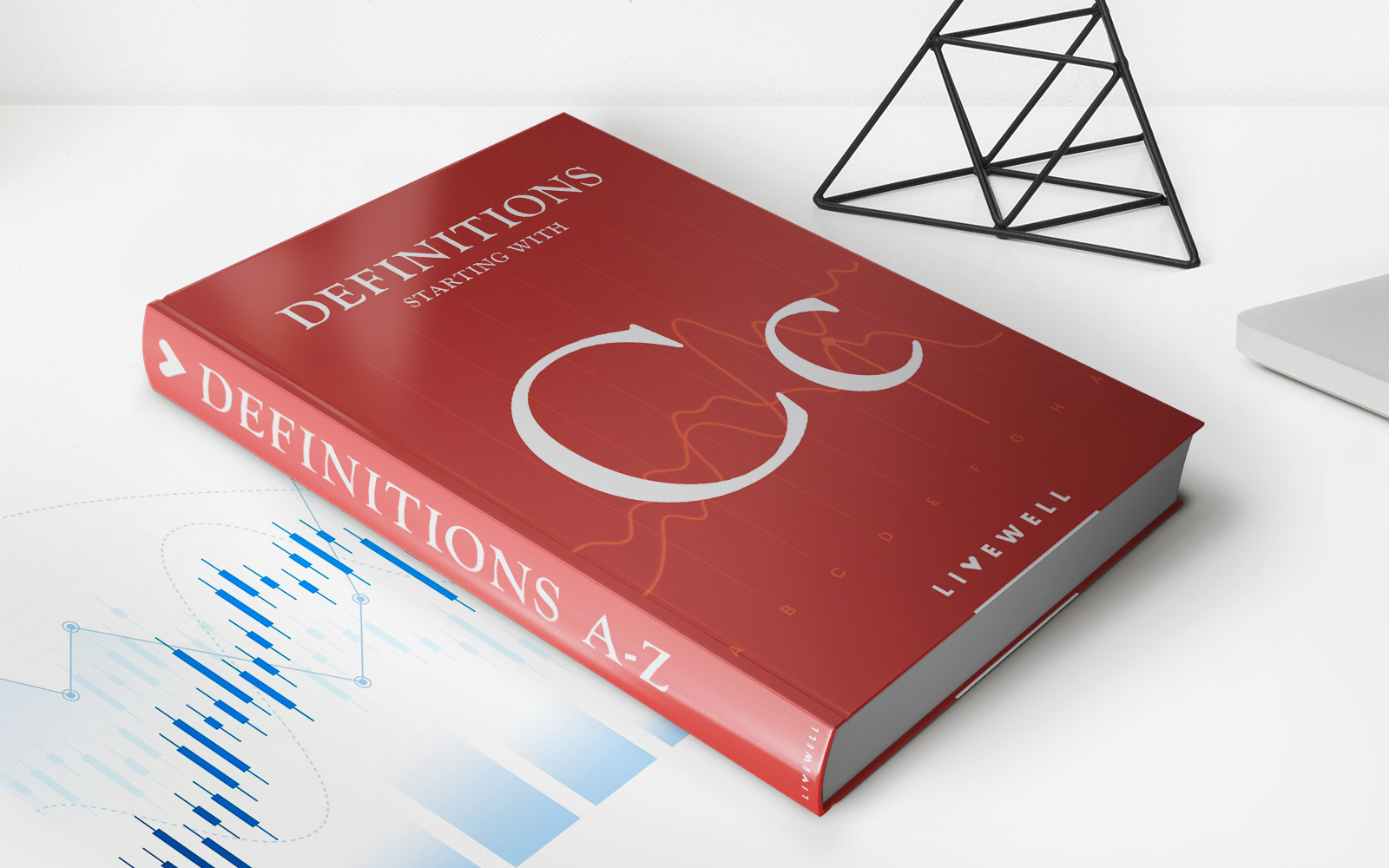

Finance
CAPE Ratio (Shiller PE Ratio): Definition, Formula, Uses, Example
Published: October 22, 2023
Learn about the CAPE Ratio, also known as the Shiller PE Ratio, its definition, formula, uses, and an example. Explore this important finance metric.
(Many of the links in this article redirect to a specific reviewed product. Your purchase of these products through affiliate links helps to generate commission for LiveWell, at no extra cost. Learn more)
Understanding the CAPE Ratio (Shiller PE Ratio): Definition, Formula, Uses, Example
When it comes to evaluating the financial health of a company or the overall stock market, there are numerous measures and ratios that analysts and investors use. One such measure is the CAPE Ratio, also known as the Shiller PE Ratio. In this blog post, we will delve into the definition, formula, uses, and provide an example of how the CAPE Ratio can be utilized in the world of finance.
Key Takeaways:
- The CAPE Ratio, or Shiller PE Ratio, is a valuation measure that helps investors assess whether a market or a company is overvalued or undervalued.
- The CAPE Ratio is calculated by dividing the current price of a stock or the overall market by the average of its earnings over the past ten years, adjusted for inflation.
Definition of the CAPE Ratio (Shiller PE Ratio)
The CAPE Ratio, which stands for Cyclically Adjusted Price-to-Earnings Ratio, is a valuation metric introduced by Nobel laureate Robert Shiller. It was designed to address the shortcomings of the traditional price-to-earnings (P/E) ratio, which only takes into account the current price divided by the earnings of a company or market over the past year.
Instead, the CAPE Ratio considers the average of the earnings over the past ten years, which provides a more long-term view of the company or market’s earnings performance. This helps to smooth out any short-term fluctuations or anomalies that may distort the valuation.
Formula for Calculating the CAPE Ratio
To calculate the CAPE Ratio, you need two key pieces of information: the current price and the earnings over the past ten years, adjusted for inflation. The formula for the CAPE Ratio is as follows:
CAPE Ratio = Current Price / 10-year Average Earnings (Adjusted for Inflation)
Uses of the CAPE Ratio
The CAPE Ratio is primarily used as a tool to determine whether a market or a particular stock is overvalued or undervalued. By comparing the CAPE Ratios of different stocks or markets, investors can gain insights into potential investment opportunities.
Some of the uses of the CAPE Ratio include:
- Market Timing: Investors may use the CAPE Ratio to determine when to enter or exit the market. A high CAPE Ratio could imply that the market is overvalued and may be due for a correction, while a low CAPE Ratio may indicate an undervalued market.
- Long-Term Investing: The CAPE Ratio can help investors identify potential long-term investment opportunities. A lower CAPE Ratio may suggest that a stock or market is undervalued, offering potential for future growth.
- Asset Allocation: The CAPE Ratio can assist in determining the allocation of investments across different asset classes. By comparing the CAPE Ratios of various asset classes, investors can adjust their portfolio to achieve a desired risk-reward balance.
Example of the CAPE Ratio
Let’s consider an example to illustrate how the CAPE Ratio works. Suppose a company has a current stock price of $100 and an average of $8 in earnings over the past ten years, adjusted for inflation. Using the formula, we can calculate the CAPE Ratio as:
CAPE Ratio = $100 / $8 = 12.5
In this case, the CAPE Ratio of 12.5 suggests that the company may be reasonably valued or potentially undervalued, depending on the industry average and the investor’s assessment of future earnings prospects.
In Conclusion
The CAPE Ratio, also known as the Shiller PE Ratio, is a valuable valuation tool in the world of finance. By considering the average earnings over the past ten years, adjusted for inflation, the CAPE Ratio provides a long-term perspective on the valuation of stocks and markets. Understanding and utilizing the CAPE Ratio can help investors make informed decisions regarding market timing, long-term investing, and asset allocation.
So, the next time you hear about the CAPE Ratio, you’ll have a solid understanding of what it is, how it is calculated, and its various uses in the world of finance.
